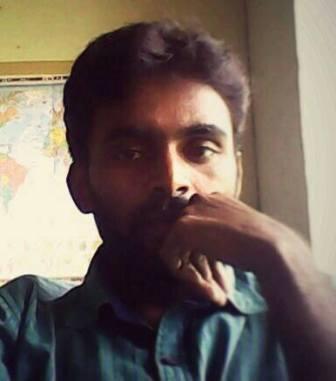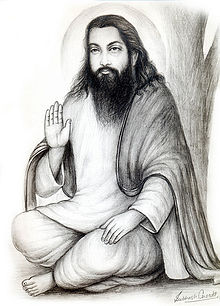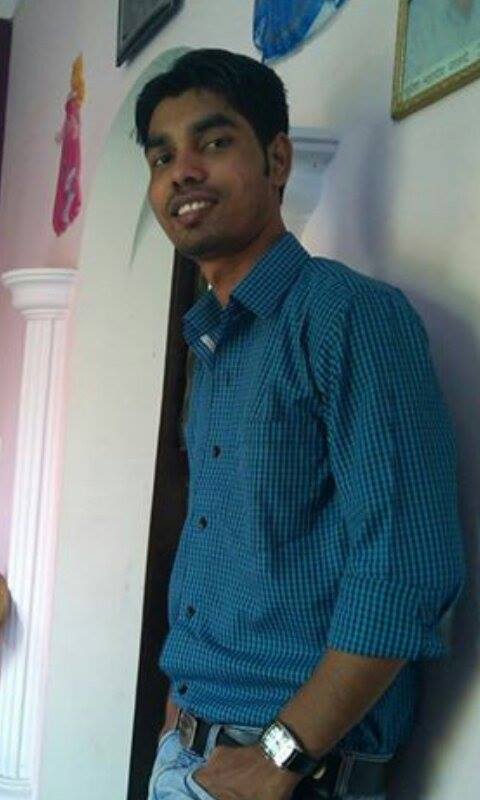Murali Ramathoti
 The essence of Chintu Kumari’s response, that “The left and the Ambedkarite movements need Debate and Unity”, is to say that CPIML Liberation’s (henceforth Liberation) struggle focuses not only on economic lines but on social lines too, i.e. on caste, feudal pride, women’s degradation etc. To justify her argument she narrated the history of Liberation’s struggle in which Dalits, Adivasis, and upper caste men and women have taken part and fought together. Apart from this proof, to justify the statement mentioned above, she quoted some lines of its leaders that indicate the Liberation’s ‘positive’ stand on the elimination of the caste problem.
The essence of Chintu Kumari’s response, that “The left and the Ambedkarite movements need Debate and Unity”, is to say that CPIML Liberation’s (henceforth Liberation) struggle focuses not only on economic lines but on social lines too, i.e. on caste, feudal pride, women’s degradation etc. To justify her argument she narrated the history of Liberation’s struggle in which Dalits, Adivasis, and upper caste men and women have taken part and fought together. Apart from this proof, to justify the statement mentioned above, she quoted some lines of its leaders that indicate the Liberation’s ‘positive’ stand on the elimination of the caste problem.
The points and suggestions or rather wishes that Chintu kumari has expressed are not incorrect and are, in fact, considerable. But simple wishes are not enough.
Across the country, all the left organizations and movements found refuge in Dalit and Adivasi lands. If you take any movement, from Telangana Sayudha Poratam (Telangana Armed Struggle or Telangana Peasants Struggle in the 1940s) to the present day, the Maoist party (21st century avatar) – all the founding members and leaders of these movements, mostly belonging to upper castes, have found their way into Dalit and Adivasi lands. The issues that were taken up by these movements and leaders, not only by Liberation, are mostly regarding Dalits or Adivasis or Women or other downtrodden. Because only Dalits, Women, Adivasis and other landless and working caste people have problems with upper caste landlords and feudal lords.
It is only the Dalits and other oppressed people who have to fight against the exploitation and deprivation. The problems of these people have roots not just in economic exploitation and deprivation but also in the denial of life and food or other basic necessities of life as well as social dignity.
Denial of rights and social degradation leaves a person with no dignity. This denial is as crucial as the denial of food and other basic necessities. The feeling of “having nothing” is supported on caste lines, through spiritual slavery, which often forces a person belonging to a lower caste to take this dignitylessness voluntarily, even while one is aware of one’s subordination. But such ignorance cannot be sustained for long.
There were radical bhakti movements in India as early as 15th Century which were suppressed, but it was only the revolutionary thoughts in the form of Marxism in the 19th century that gained currency due to an ‘international outlook’. The ignorance of the deprived people started to break in accordance with time and space.
In India, movements against the upper castes and hegemonic thoughts in the economic and social realm have been taking place for centuries. Whereas in the case of the Indian Marxist movement, most of the people who took initiatives belonged to the upper caste/class strata of society and the foot soldiers or soldiers of these movements were the direct victims of the same caste/class strata. It is a reality.
Apart from this reality, the Marxian thought and new spiritual or “national” ideologies, Indian leaders of the so-called renaissance and Left, ignored the philosophical contributions of the local leadership, or the leaders of the Bhakti movement, who started the resistance and understood the Indian reality through direct experience. The founders of these movements left a huge impact on India till the 17th century; their thoughts and ideologies were suppressed with the idea of nationalism to fight against colonialism in the 19th century. Marxists or communists waged a parallel fight against colonialism, in the name of international revolution, ignoring the local revolutionaries.
With the conscious suppression of the revolutionary knowledge rendered by leaders of the Bhakti movement and later the Dalit movement, the whole character and the leadership of the movement shifted from Bhakti leaders, Dalit leaders to leaders of social renaissance and Marxists, while the soldiers, the direct victims, were also shifted under this new leadership and movements. But they remained at the same place as soldiers, while the agenda of all these movements continued to be the same: fight against class, economic inequalities, caste, religion, gender problems etc.
In this whole great journey of revolutions, both social or political, what must be noted is that leadership and the movements which tried hard to expose publicly the reality of caste were suppressed. Meanwhile, leadership and movements which tried hard to abandon any talk of caste, and suppressed caste and other social indicators except economic issues in the public domain, and highlighted economic determinism, were popularized as revolutionaries. These then continue to hold their grip over Dalits and other oppressed by mobilizing them and addressing their problems only on the lines of economic issues, at the grassroots level.
This strategy of mobilization is shared by almost all the left organizations for decades in India. Hence, there is nothing special in stressing upon the relation between the CPI-ML Liberation and Dalits in Bihar, Chhattisgarh or Jharkhand.
It is true that, whether one admits or not, since 1960s the major share in the deaths in left movements is that of Dalits and Adivasis. At the same time, no one can deny that many people, belonging to upper castes, left their families, assets and died in these movements. It is quite a common thing. But most of the Dalits died as soldiers whereas most of the upper caste people died as ‘leaders’. It is also the case with Liberation.
So then, what is the new point or difference in Chintu Kumari’s experience? The same experience has been had by Dalits, Adivasis, Women, and other oppressed people across India for decades. What has been happening to them?
Chintu Kumari’s another point is that so many Dalit leaders are bending before the fascist governments. It is also a natural phenomenon. In the past, a Dalit candidate was once pitted against Ambedkar and won. And the organization which he represented claimed that they were fighting for Dalits. Just pushing these people onto the front, if one argues that, Ambedkarian politics are against Dalits, that should be considered as foolish. To understand Ambedkar’s philosophy or politics one needs to look at his contributions and thoughts, not at the Dalits who are going against him. By doing so one can point out such people but not Ambedkar. Chintu did the same.
The success of the left movement will not lie in shaking hands, sharing movements with the Dalits, Adivasis, Women and other oppressed people. Rather it lies in understanding the Indian reality in the light of thoughts of revolutionaries, intellectuals of the past, who proposed theories and framed struggles through experience, by exposing caste, religion and other social evils directly and publicly, and set the agendas for future struggles.
Keeping aside this voluntary work, by just passing time with debates and discussions nothing will happen. Ambedkar’s thoughts are out there. Debate and discuss those. People who were betrayed by left are doing the same. Now if at all the left wants to have Ambedkar in their pockets, it has to see why he was ignored and suppressed by their forefathers.
~~~
Murali Ramathoti is Ph.D scholar in University of Hyderabad.









